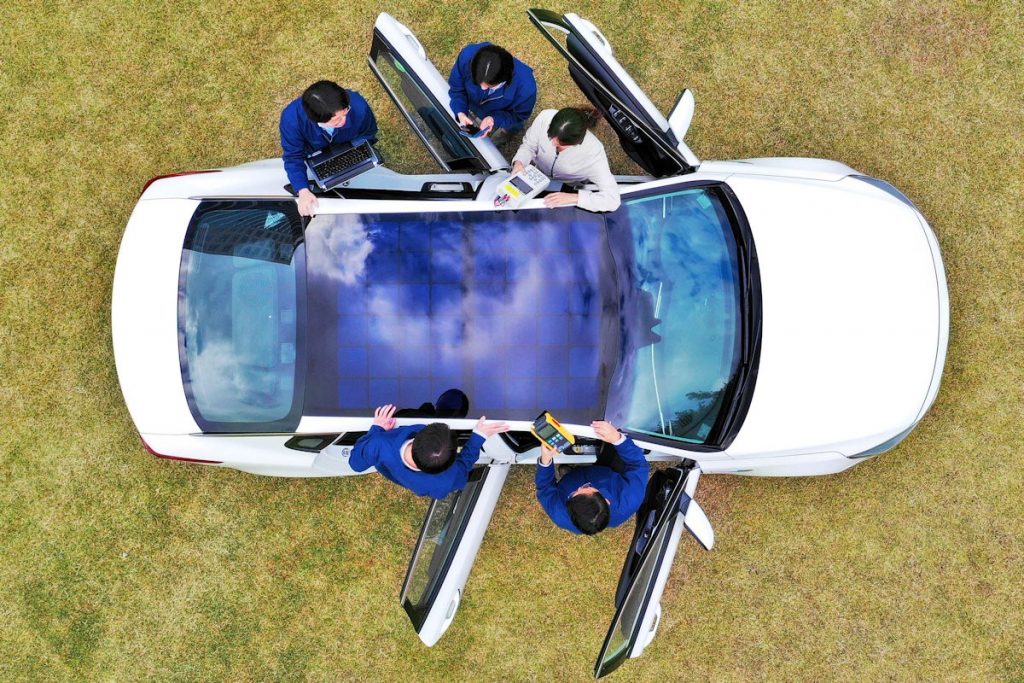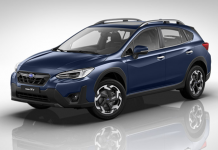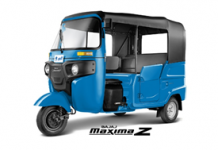 6A car’s roof makes for an ideal place to put solar cells, particularly in an electric-hybrid or EV application, so it’s surprising that it took a while for a carmaker to come up with this seemingly practical use of solar charging technology.
6A car’s roof makes for an ideal place to put solar cells, particularly in an electric-hybrid or EV application, so it’s surprising that it took a while for a carmaker to come up with this seemingly practical use of solar charging technology.
Leading the, pardon the pun, charge is Hyundai Motor Group who just announced that selected Hyundai and Kia vehicles will begin to incorporate solar cells onto the roof or hood to provide additional power thereby increasing a vehicle’s fuel efficiency and range.
Hyundai says they are developing three types of solar roof charging systems: the first-generation silicon solar roof system, the second-generation semi-transparent solar roof system, and the third-generation lightweight solar-lid.
The first-generation solar roof system, which will be applied to hybrid models, includes a structure of mass-produced silicon solar panels that are mounted on an ordinary roof. This system can charge 30 to 60 percent of the battery per day, depending on the weather condition and the environment.
The second-generation semi-transparent solar roof system will be applied to vehicles with internal combustion engines, for the first time in the world. Differentiated from the first-generation system, the second-generation system provides transmissive panel options, also satisfying consumers who desire a sense of openness. The semi-transparent solar panels are applied to a panoramic sunroof, maintaining transparency whilst charging an electric vehicle’s battery or an additional battery mounted on an internal combustion engine vehicle.
The third-generation lightweight solar-lid system, currently in the process of pilot study for applying to eco-friendly vehicle models, includes a structure that mounts solar panels on a bonnet and roof combined, in order to maximize energy output.
The solar charging technology is being developed to support the vehicle’s main power source, improving mileage and reducing CO2 emissions. It can charge batteries of not just eco-friendly vehicles, including electric and hybrid vehicles, but also of internal combustion engine (ICE) vehicles, thereby improving fuel efficiency.
Hyundai Motor Group will launch the first generation of this technology into its vehicles after 2019 to help meet global regulations targets and improve vehicle fuel efficiency.






